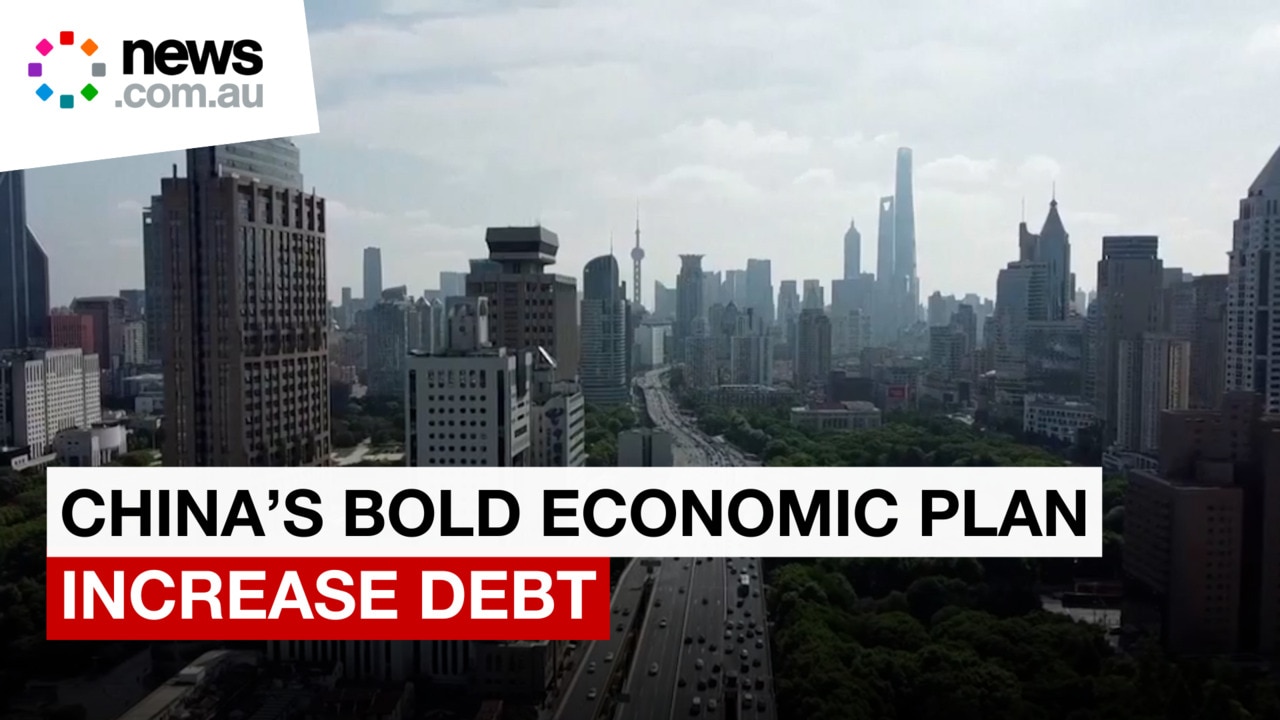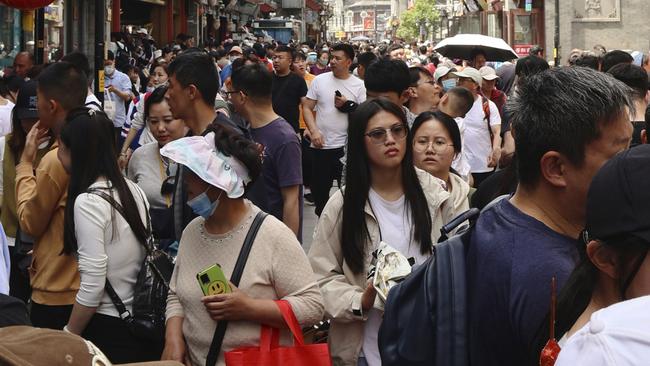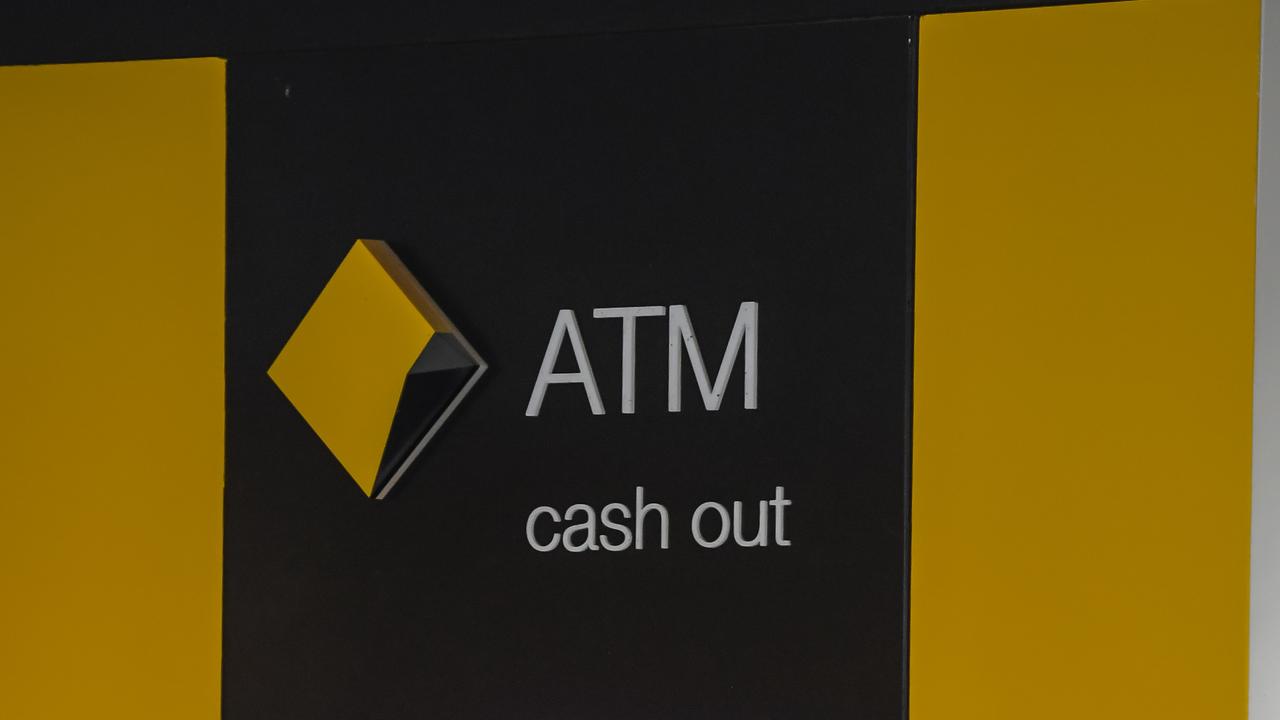‘No obvious solution’: Crisis engulfs China as property ‘cliff’ looms
China’s economy is in free fall, with “no obvious solution” on the horizon – and there will be devastating consequences for Australia.

Economy
Don't miss out on the headlines from Economy. Followed categories will be added to My News.
For 20 years, Australia has enjoyed a “Costanza” market for its major commodities with regard to China.
Seinfeld’s George Costanza was, in part, made famous by the phrase “do the opposite”.
Only by doing the opposite of his natural impulse did Costanza become successful.
A similar dynamic has driven high Aussie iron ore prices for the better part of 20 years.
Every time the Chinese economy weakened, markets did the opposite and bid up iron ore in anticipation of stimulus to rescue growth.
A history of ‘bazookas’
Thus, markets are thoroughly conditioned to respond to Chinese stimulus “bazookas”.
The latest iteration is a classic example, with prices running wild since the People’s Bank of China flagged the pivot to more economic support a few weeks ago.
However, there are very good reasons to think that today’s so-called “bazooka” is more like a pop gun that does virtually nothing to disrupt the progress of the iron ore ice age.
Media pundits have often compared today’s “bazooka” with those that were fired in 2008 and 2015.

But nothing could be further from the truth.
Back then, the Chinese economy was much smaller, was moving tens of millions from the countryside to the cities and lacked housing and infrastructure.
Today, urbanisation is slowing inexorably as the population shrinks. An immense housing glut dogs prices. And infrastructure is built out.
Today’s ‘bazooka’
China’s recent stimulus announcements hardly even qualify as lifters of growth.
Investment bank Goldman Sachs assesses a total steel demand impact of 1.4 per cent for 2025.
This roughly equates to 14 million tonnes of steel or 20 million tonnes of iron ore. And property will still withdraw more than that as the “completions cliff” intensifies. There is also 50 million tonnes of new iron ore supply next year.
After the 2008 stimulus, there was a 50 per cent jump in steel demand, or about 240 million tonnes of steel equating to 387 million tonnes of iron ore.
After the 2015 stimulus, there was a 25 per cent jump in steel demand, or about 180 million tonnes of steel equating to 290 million tonnes of iron ore.
So today’s so-called “bazooka” is about 5 per cent of the 2008 “stimulus” and 7 per cent of the 2015 version.
If you’re going to describe this as a “bazooka”, then you might as well describe an ant as an elephant.

The problem
The problem is property. It was the key transmission mechanism for previous Chinese stimulus packages.
Today, prices are falling and the volume of construction has collapsed.
Some measures are trying to stabilise property prices, like local governments buying idle inventory with new debt issuance.
But this runs up against similar measures launched in May that have borne no fruit, because governments want to buy at a discount and developers want to sell at a profit.
There is no obvious solution to this impasse.
If local governments buy above market value, they may face Beijing’s wrath, which means prison and worse.
If developers buckle, then property prices keep falling.
A clearing price that would return Chinese property to the market dynamics of a multiple of rental yield is so far below that it is laughable beyond the capability of Seinfeld.

What we should do
The stock market and Canberra will be happy about the short-term increase in the iron ore price, because it increases iron ore revenue and taxes.
But beneath that, the iron ore ice age goes on.
Ahead is materially more supply than demand entering a still oversupplied market.
When the reflexive reaction to the latest “Costanza” moment for iron ore passes, it will find itself doing the opposite of the opposite.
David Llewellyn-Smith is Chief Strategist at the MB Fund and MB Super. David is the founding publisher and editor of MacroBusiness and was the founding publisher and global economy editor of The Diplomat, the Asia Pacific’s leading geopolitics and economics portal. He is the co-author of The Great Crash of 2008 with Ross Garnaut and was the editor of the second Garnaut Climate Change Review.
Originally published as ‘No obvious solution’: Crisis engulfs China as property ‘cliff’ looms




